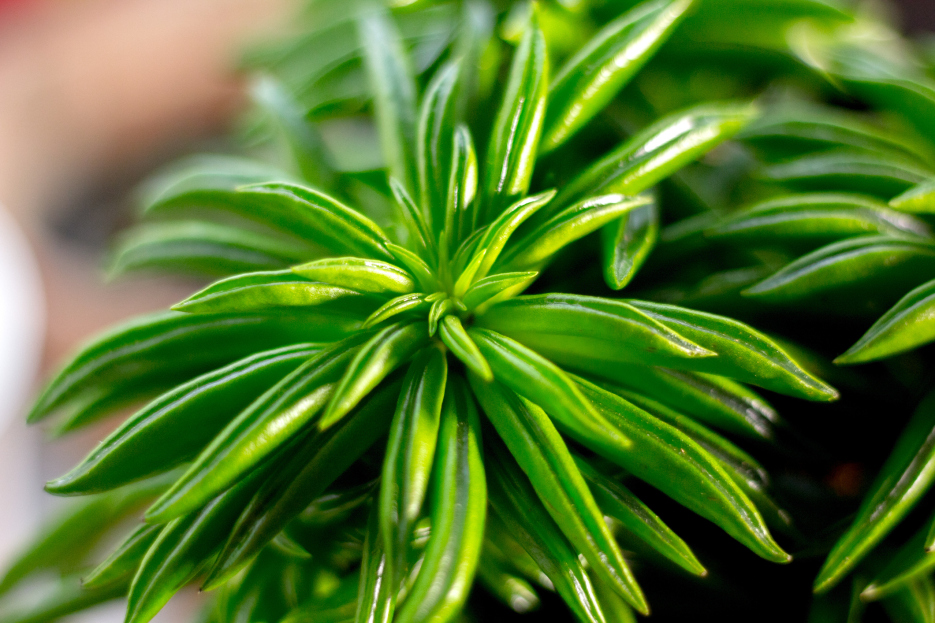
Peperomia Nevada is a unique and easy-to-care-for houseplant, perfect for both beginner and experienced plant enthusiasts. Known for its compact size, thick succulent-like leaves, and attractive green foliage, this plant thrives indoors and adds a fresh, modern touch to any space. Like other Peperomia varieties, it requires minimal maintenance and adapts well to indoor conditions. Here’s everything you need to know about keeping your Peperomia Nevada happy and healthy.
Peperomia Nevada thrives in bright, indirect light but can tolerate lower light conditions. Place it near a north or east-facing window where it receives filtered sunlight. Avoid direct sun exposure, as intense rays can scorch its leaves, leading to discoloration. If growing under artificial light, ensure it gets at least 8–12 hours of exposure daily.
Like many Peperomias, Nevada prefers moderate watering and slightly moist soil. Water when the top inch of soil feels dry, but be careful not to overwater, as its thick leaves store moisture. Too much water can cause root rot, while too little may lead to wilting. Reduce watering during winter when the plant’s growth slows down.
Peperomia Nevada enjoys average indoor humidity levels but will appreciate slightly higher humidity. If your home is too dry, occasional misting, a pebble tray, or placing the plant near a humidifier can help. The ideal temperature range is 65–80°F (18–27°C). Avoid exposing it to sudden temperature drops, drafts, or direct air from heaters and air conditioners.
A well-draining, airy potting mix is best for Peperomia Nevada. A blend of potting soil, perlite, and orchid bark works well to ensure proper drainage and aeration. Always use a pot with drainage holes to prevent excess moisture from accumulating at the roots. Repotting is rarely needed since Peperomias have a slow-growing root system.
Feed Peperomia Nevada with a balanced liquid fertilizer diluted to half strength every 4–6 weeks during the growing season (spring and summer). Avoid over-fertilizing, as it can cause leggy growth. No fertilization is needed in winter when the plant is dormant.
Peperomia Nevada requires minimal pruning. However, you can trim leggy or damaged leaves to maintain a bushy and compact appearance. Use clean, sharp scissors to remove unwanted growth. Wipe the leaves occasionally with a damp cloth to remove dust and enhance their ability to photosynthesize.
Peperomia Nevada is easy to propagate through stem or leaf cuttings:
Yes! Peperomia Nevada is non-toxic to pets, making it a great choice for households with cats and dogs.
With its minimal care requirements, attractive foliage, and pet-friendly nature, Peperomia Nevada is a fantastic houseplant for any plant lover. By providing the right balance of light, water, and humidity, you’ll enjoy a healthy and thriving plant for years to come.